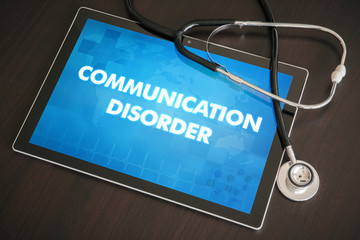
A Los Angeles resident and speech-language pathologist, Kariel Thompson has her practice where she assesses, diagnoses, and treats children with communication disorders. As an SLP therapist, Kariel Thompson works with children who suffer from developmental disorders that impact their communication skills.
Communication disorders typically fall into two categories - speech and language disorders. Speech disorders involve problems with articulation, fluency, and controlling sounds produced by the voice (prosody), and language disorders are those that involve using proper form (phonology, morphology, and syntax), semantics, and pragmatics.
Articulation, fluency, and prosody problems make it difficult for people to speak clearly. Articulation problems result from mispronouncing words. For example, instead of saying “spoon” a child might say “poon.” Fluency problems most commonly manifest as stuttering, and prosody disorders might result in the person speaking hoarsely, loudly, or with a high pitch.
Language form problems happen when there is difficulty differentiating between letter sounds or grammatically correct sentences. For instance, someone with form problems has difficulty distinguishing the letter “p” from “b,” distinguishing between words like “cap” and “ca,” and difficulty differentiating between a correct sentence such as “David goes to the store” and an incorrect one like “David go to the store” (the subject is not being commanded to go to the store).
Semantic and pragmatic are two kinds of language form problems that comprise a good portion of the skills needed for social communication. Someone who has semantic language problems has problems with understanding word and message meanings, so they would not be able to identify objects in a picture, answer simple questions, or follow directions. Alternatively, pragmatic issues in speech occur when a person has problems interpreting and expressing language in social situations.
Outside of these two disorders, problems related to central auditory processing can result in language problems. These problems make it difficult for a person to hear sounds clearly to interpret language.